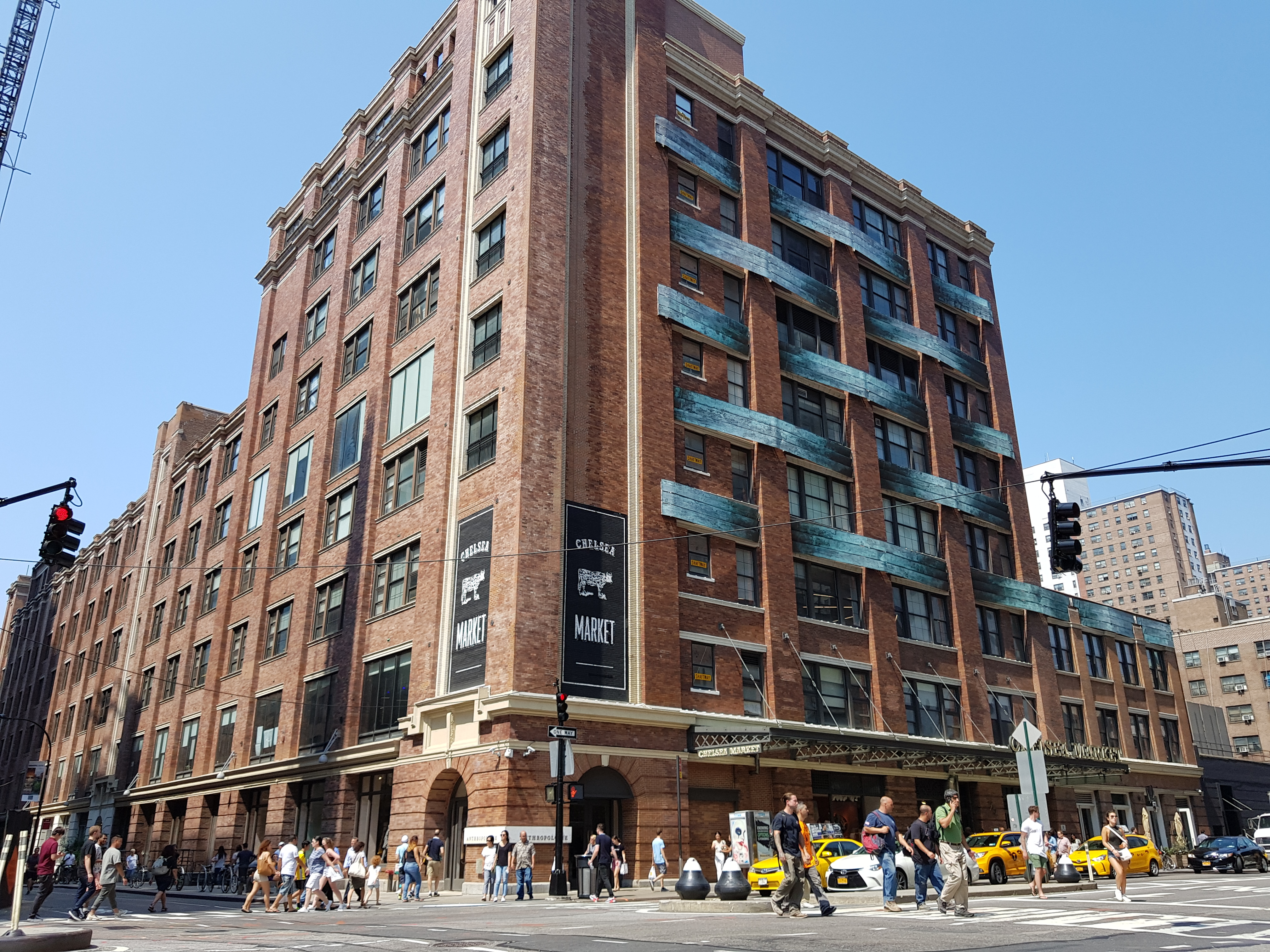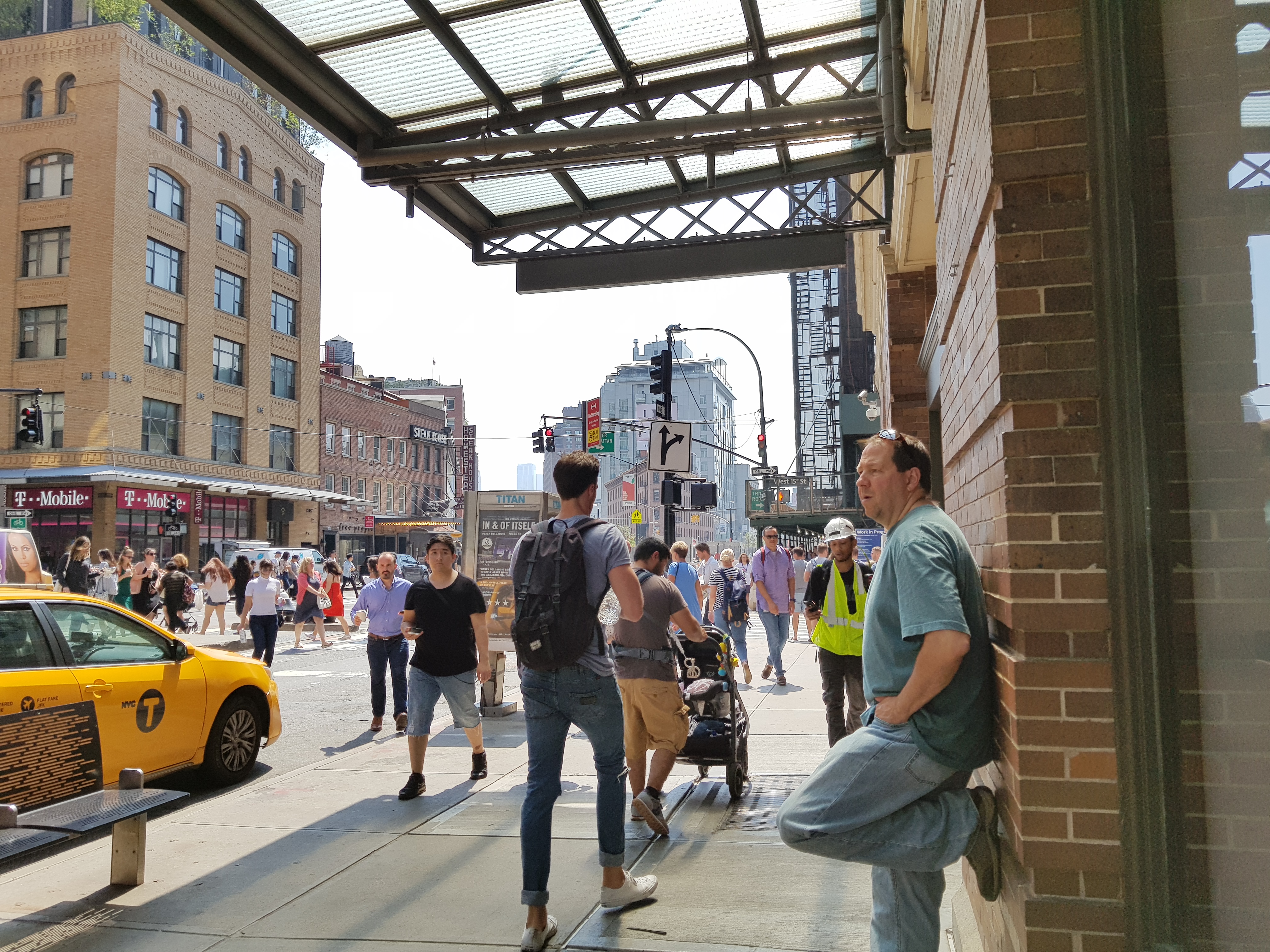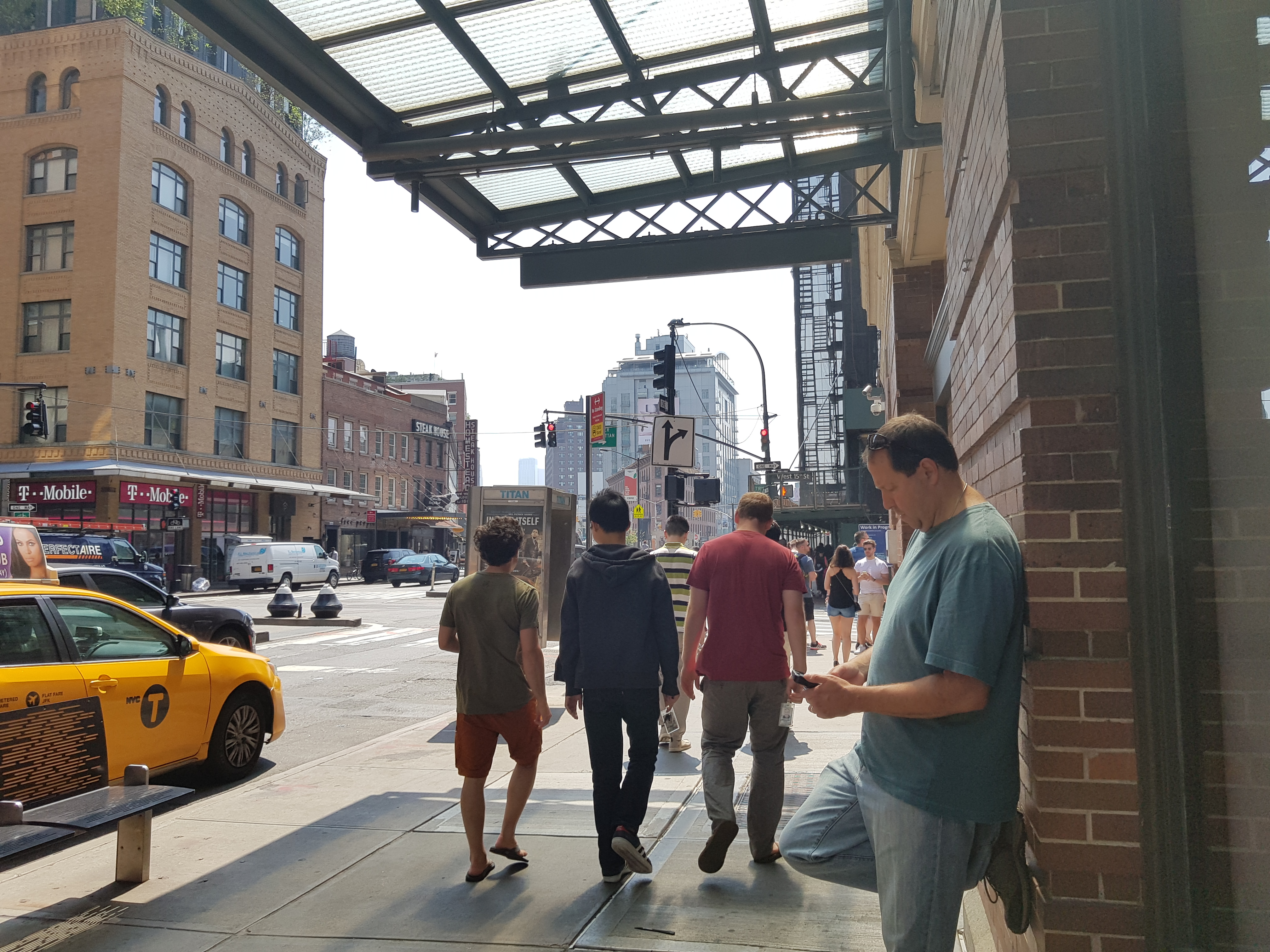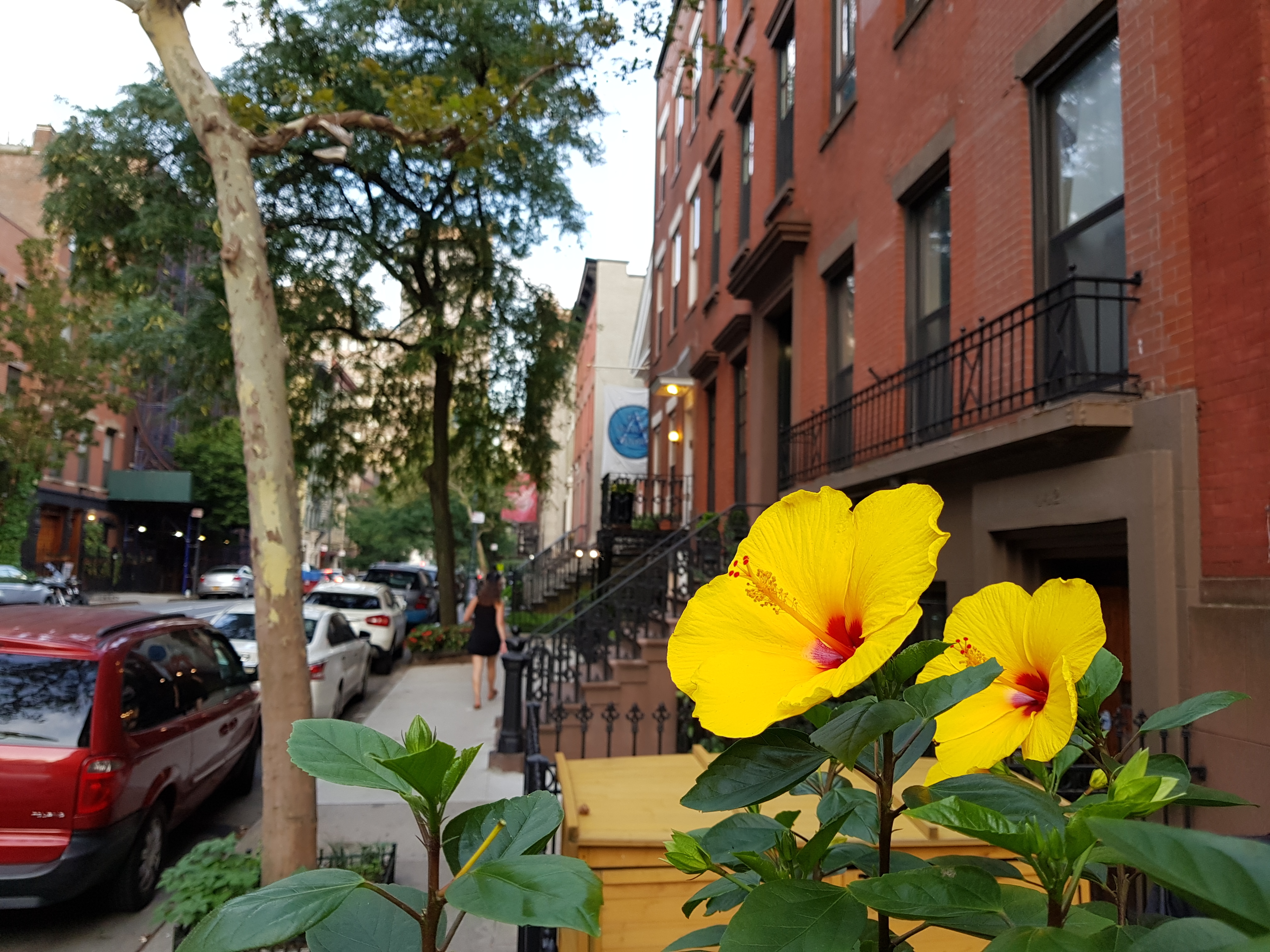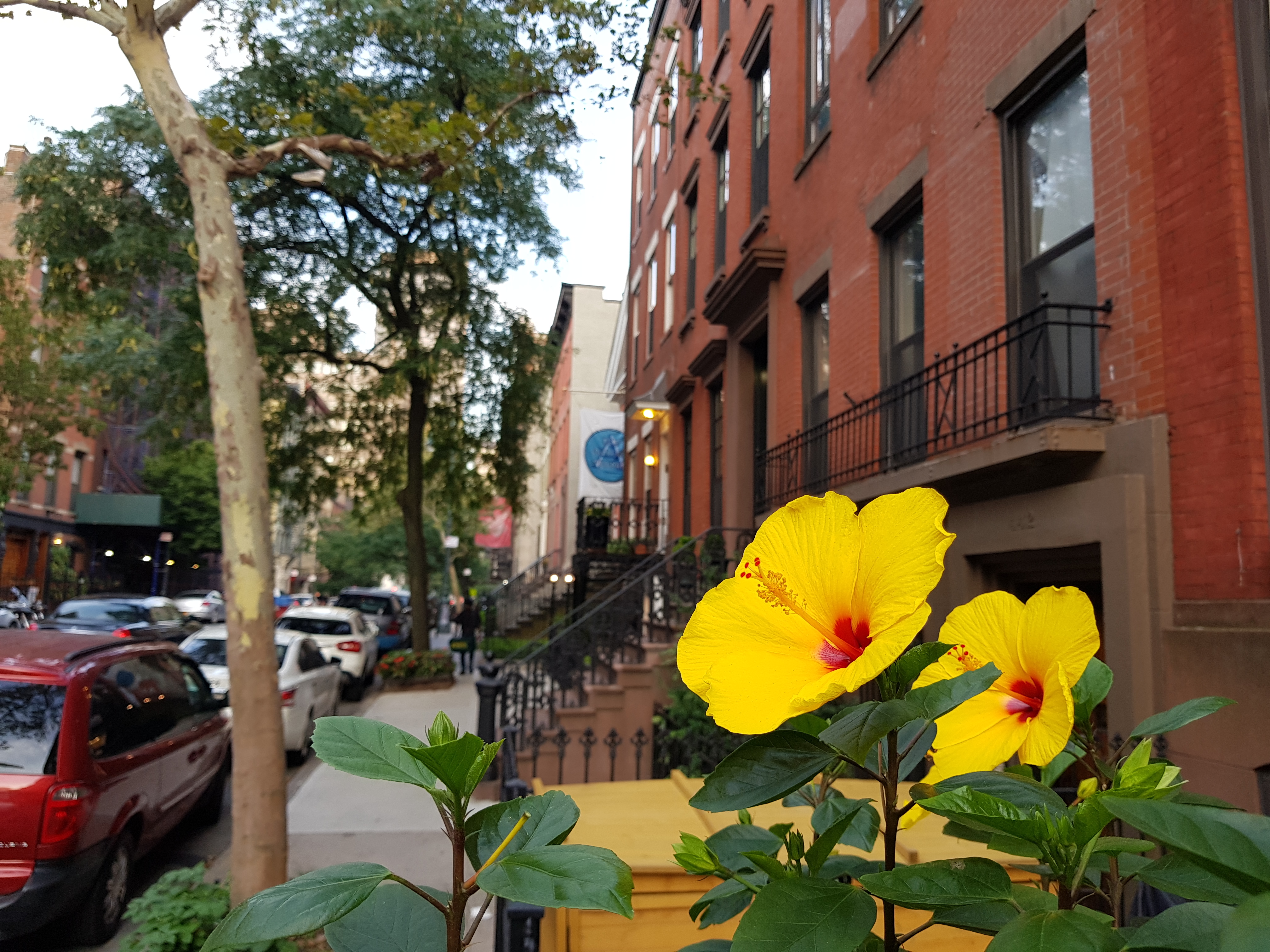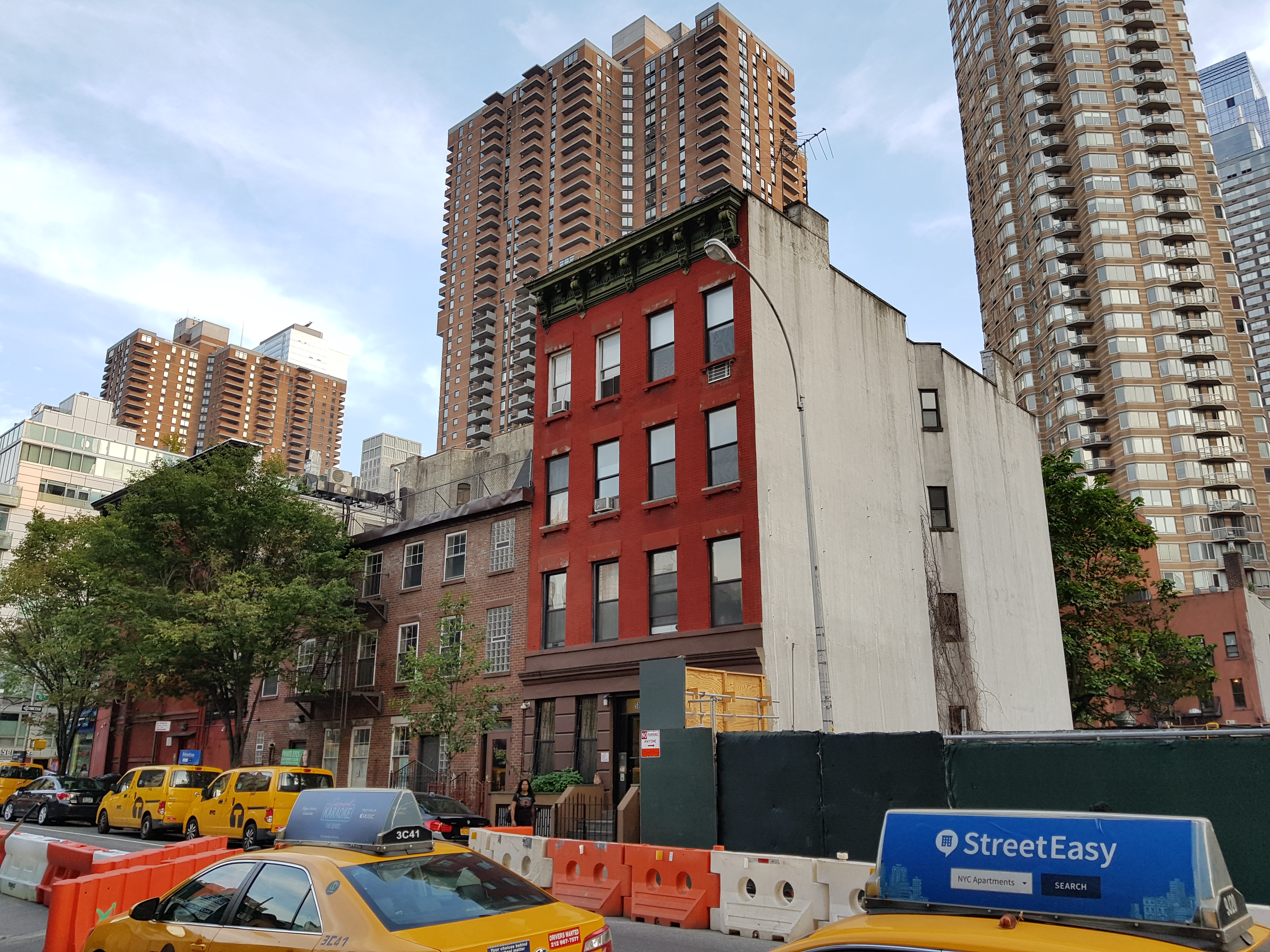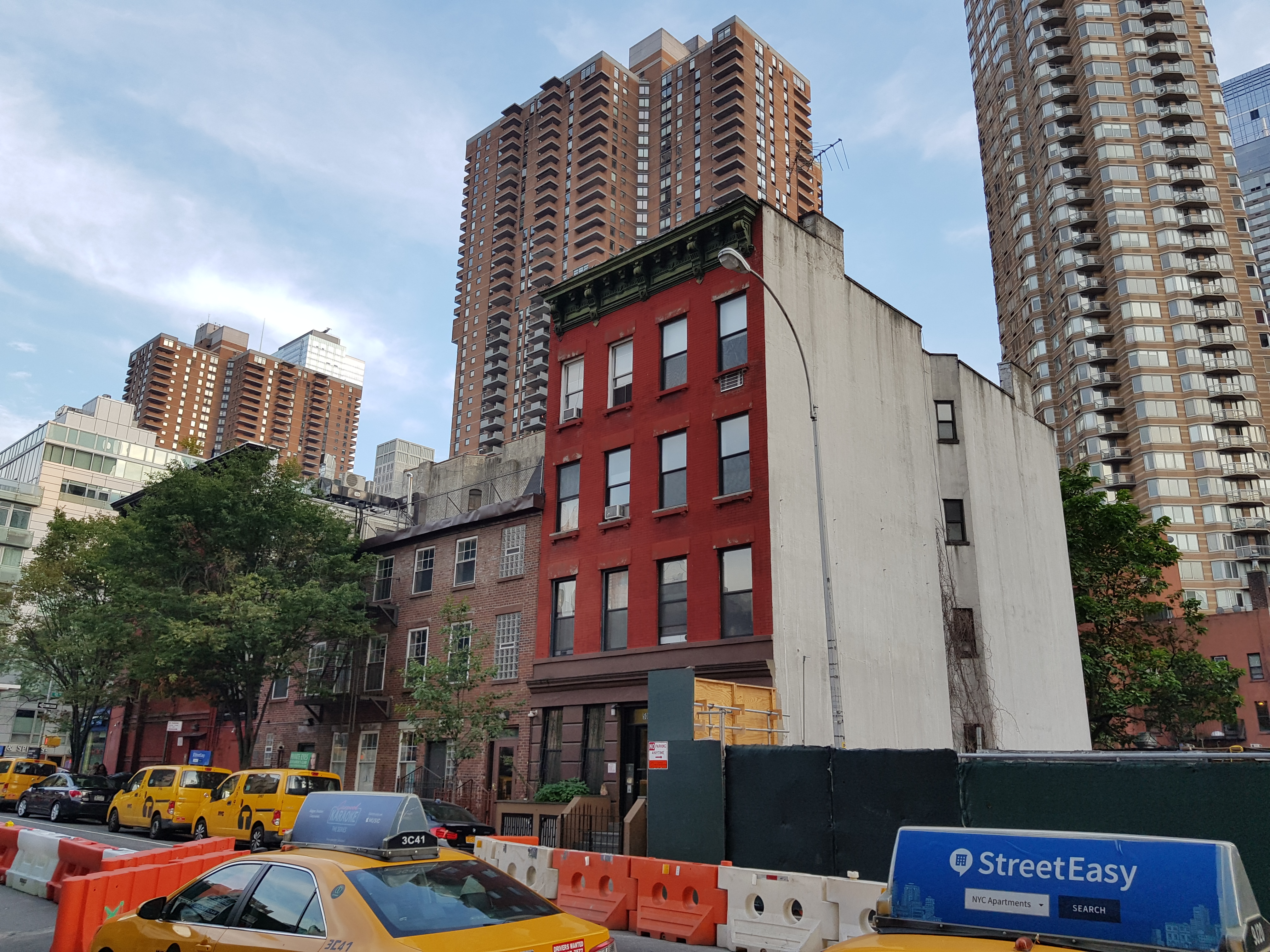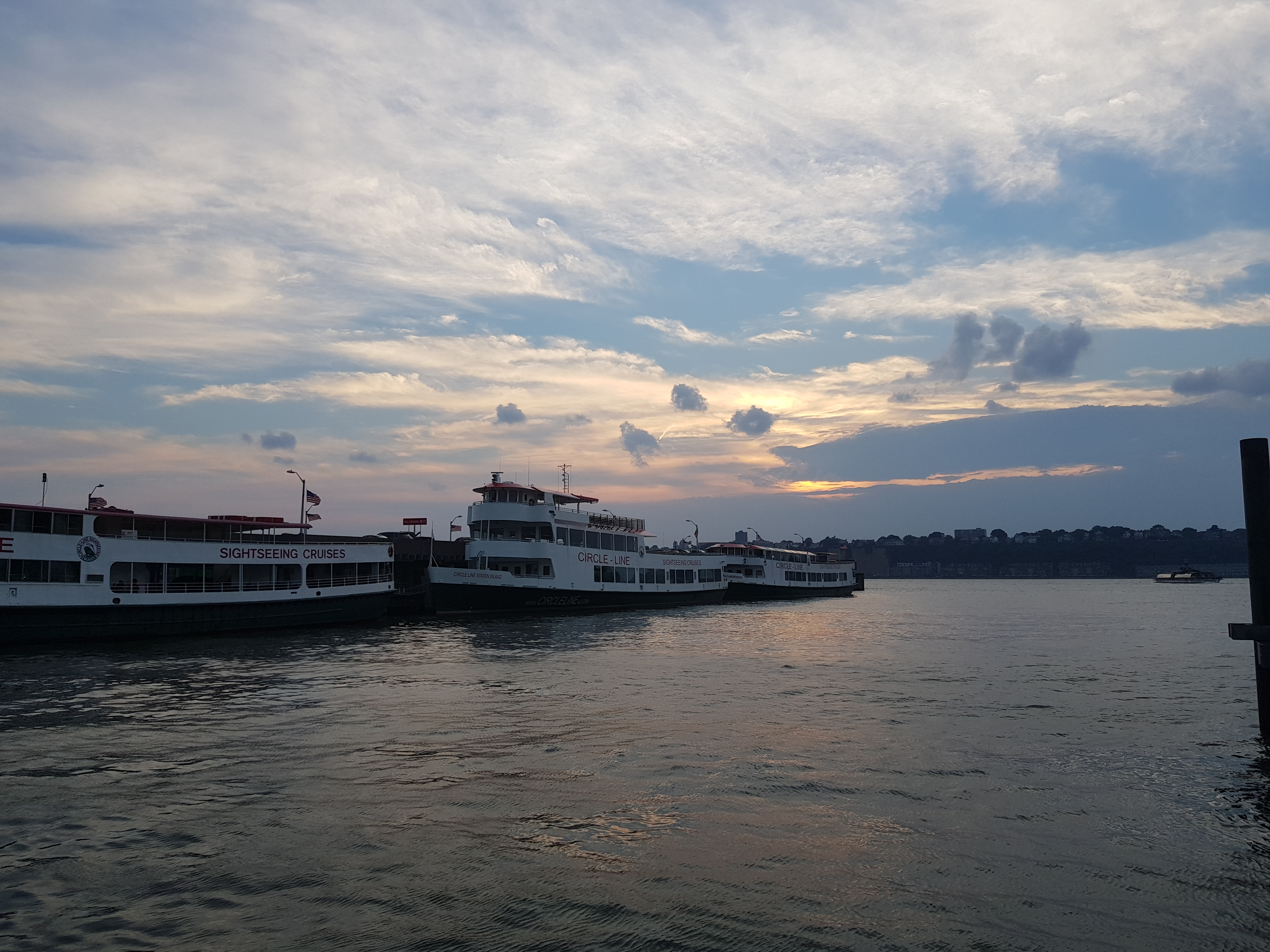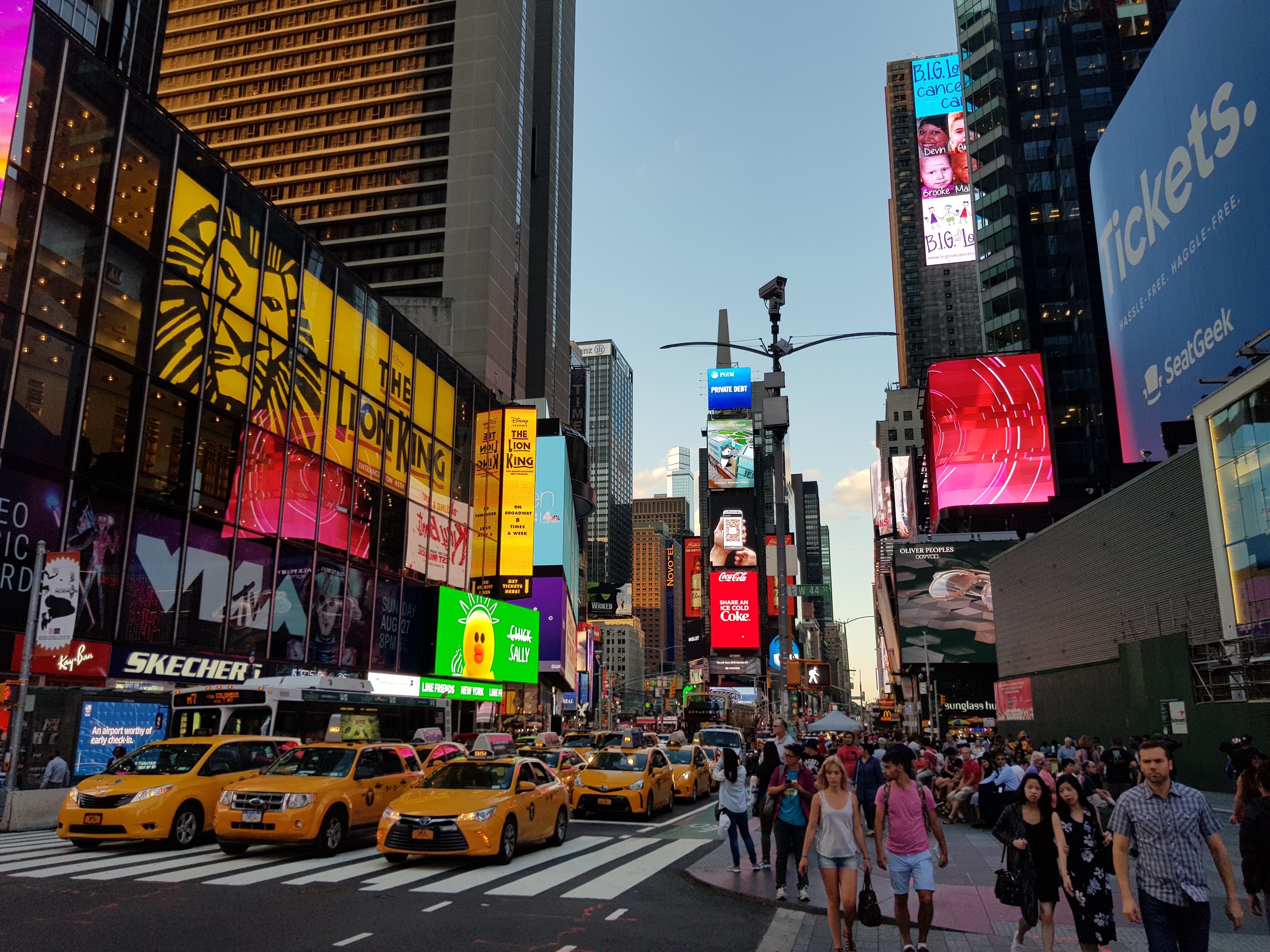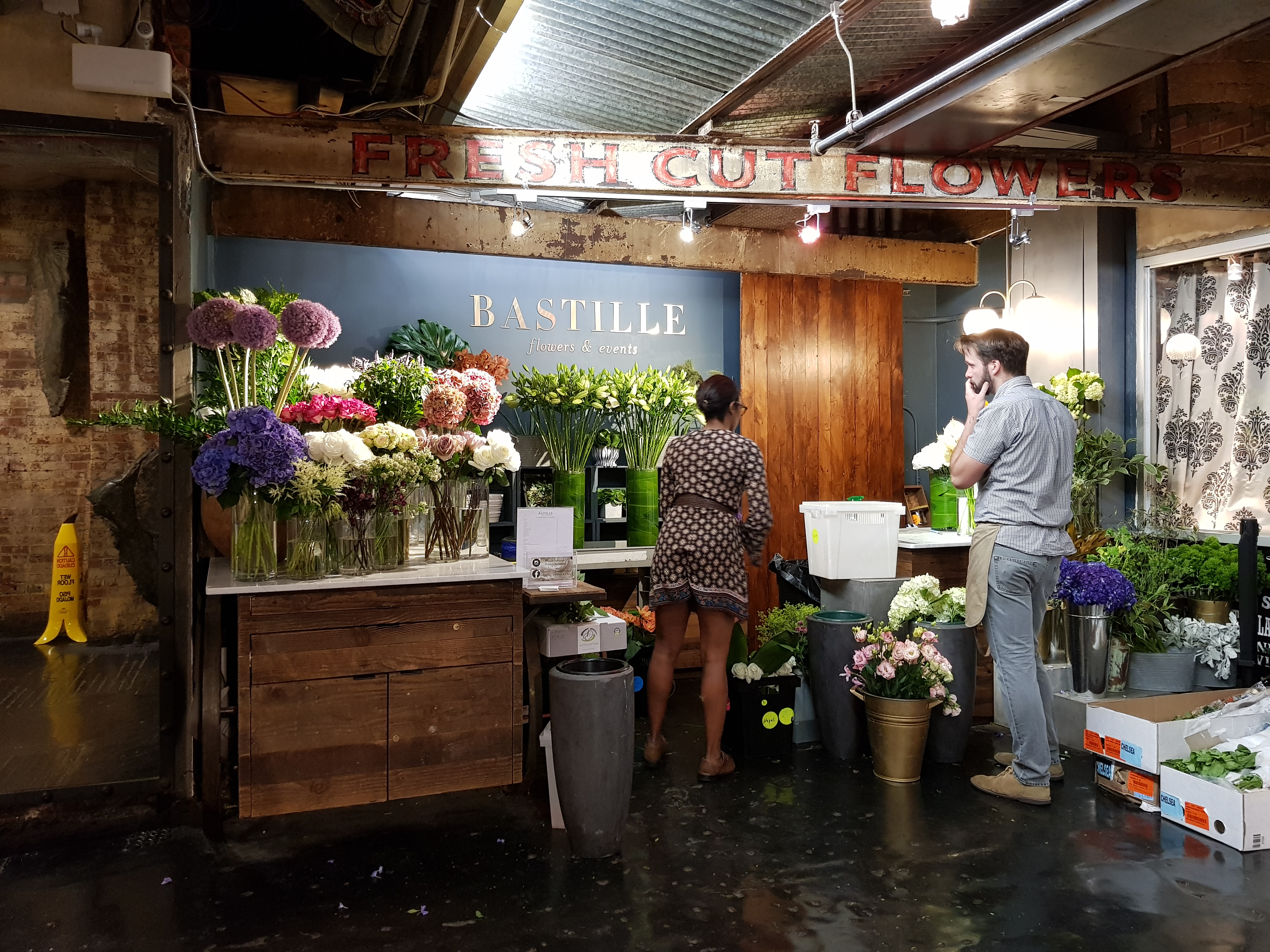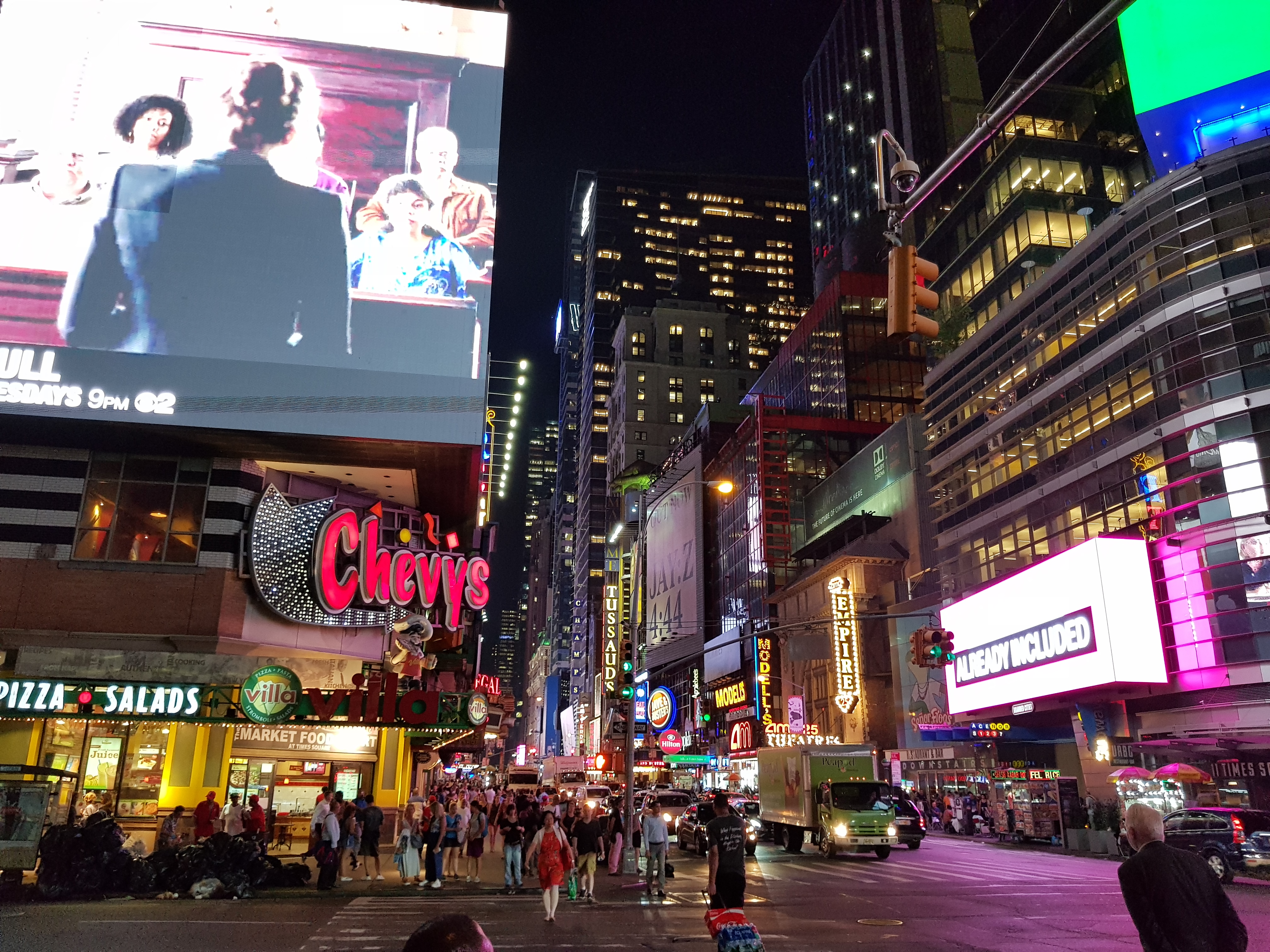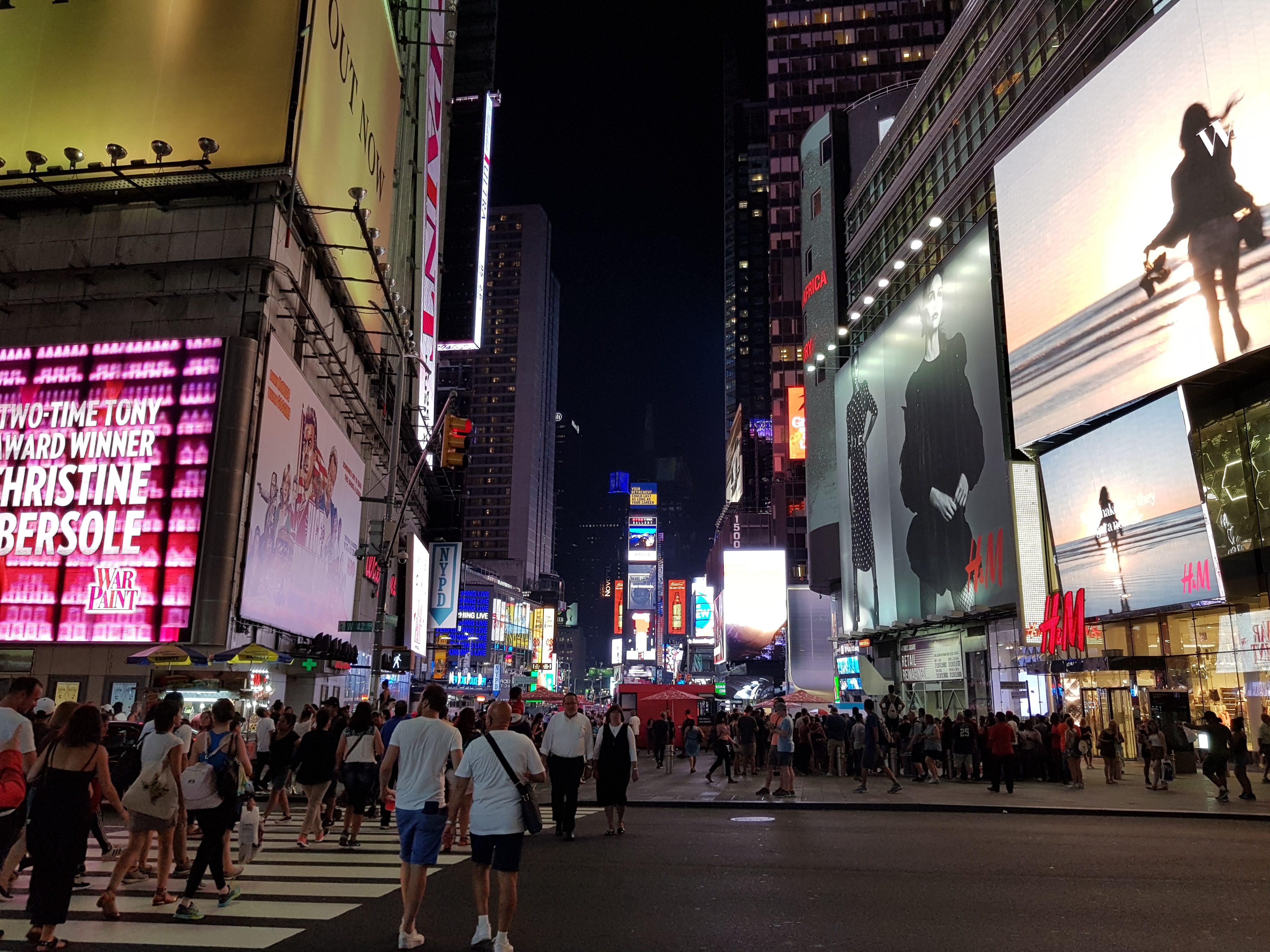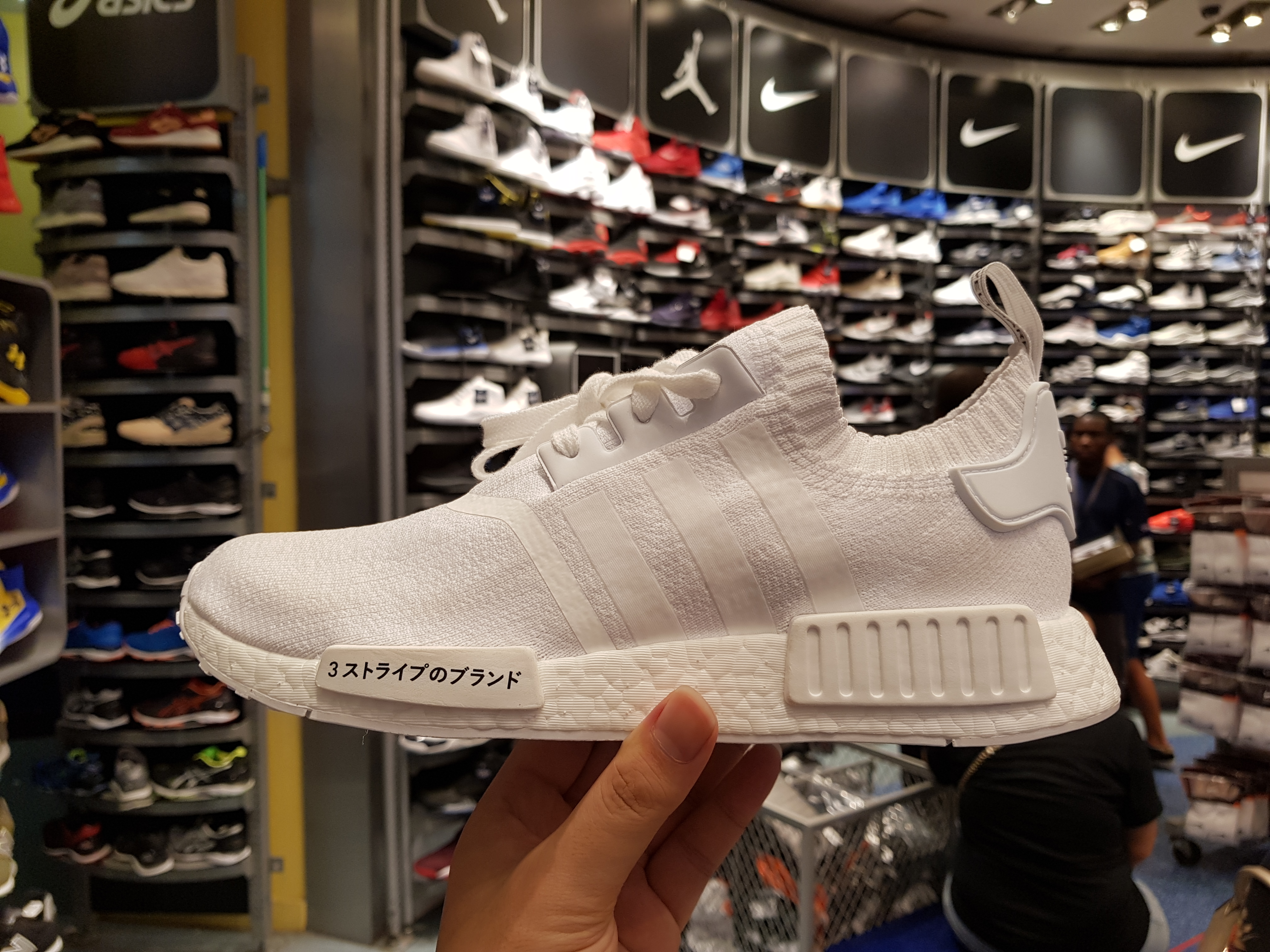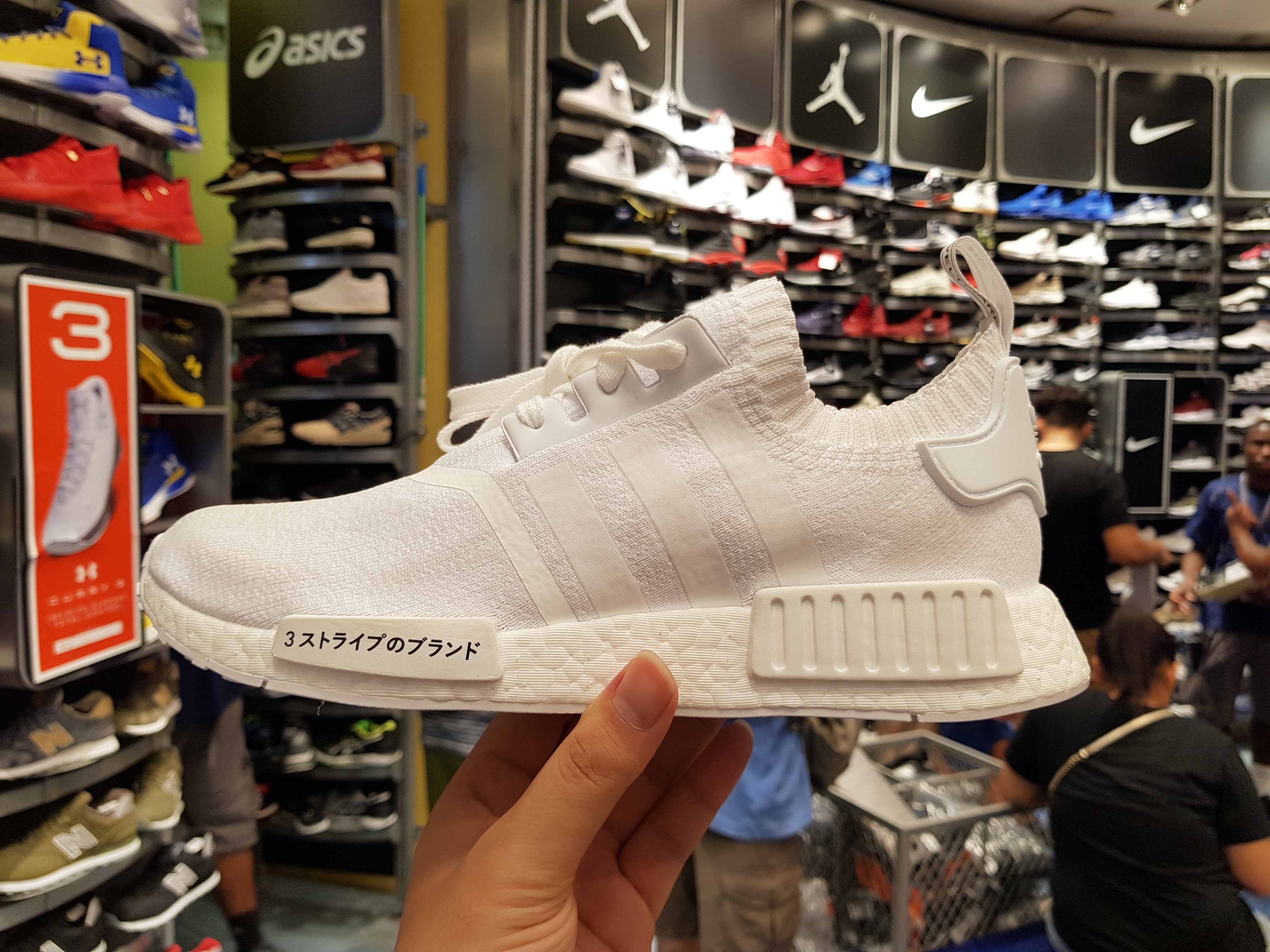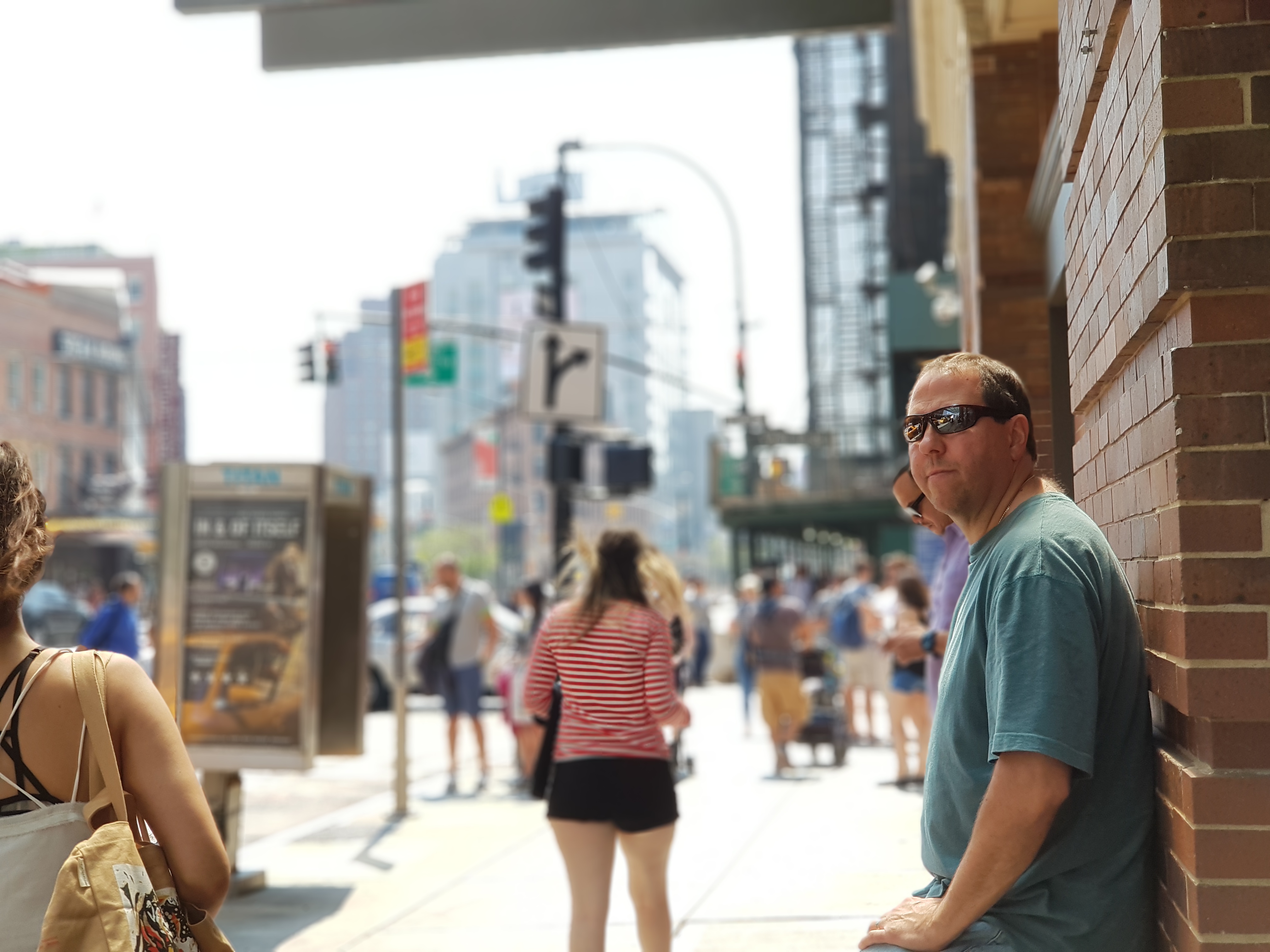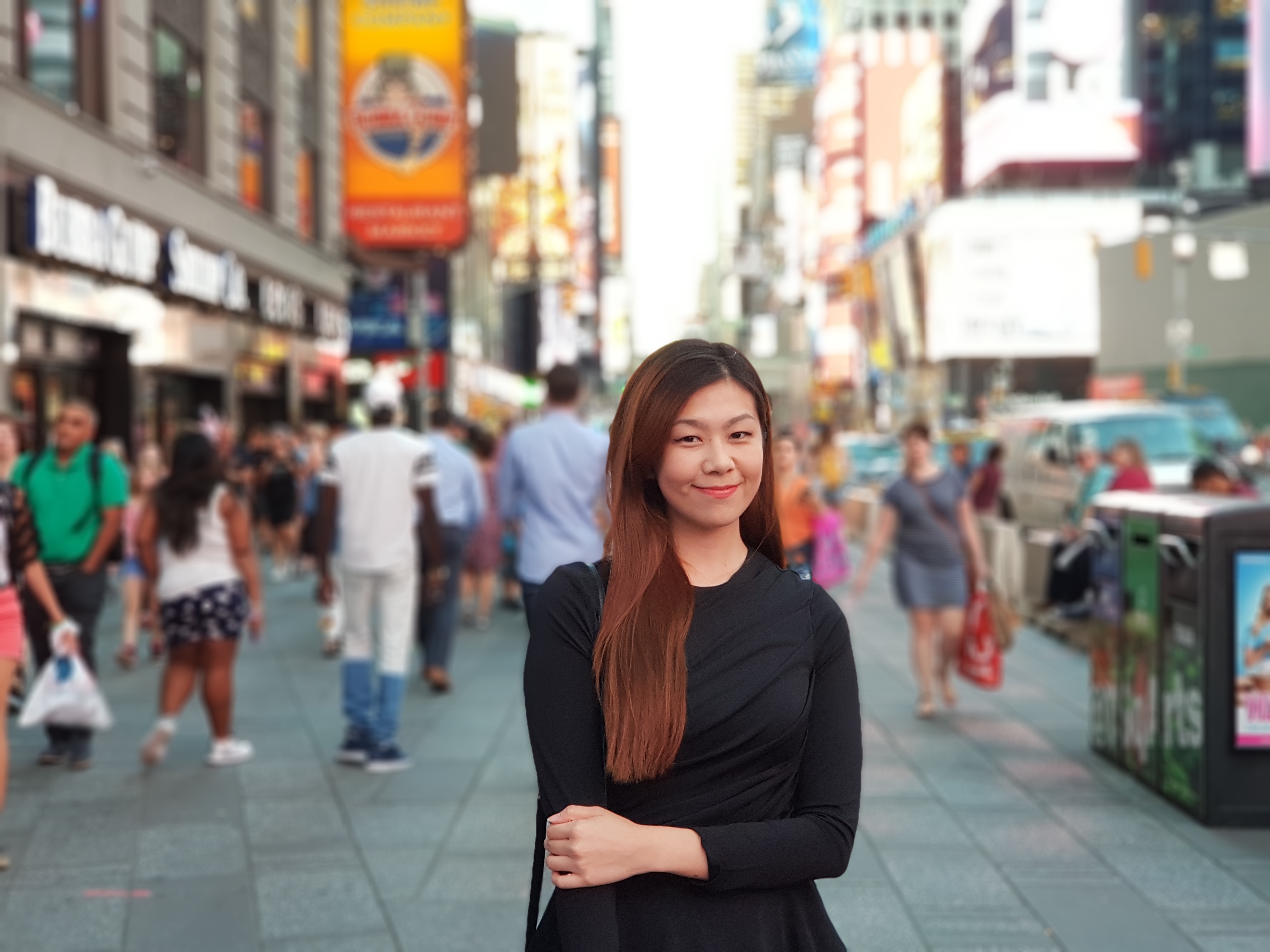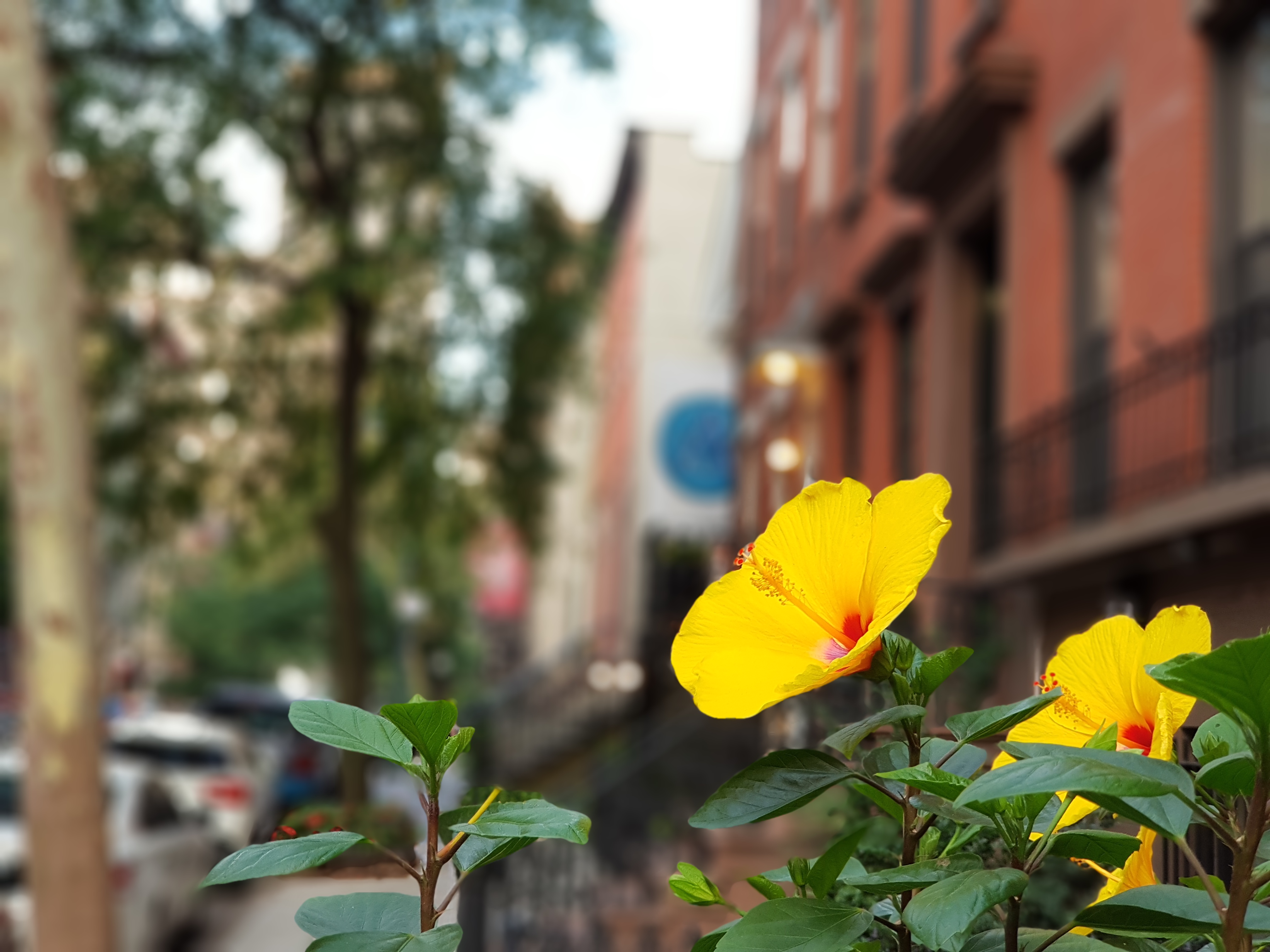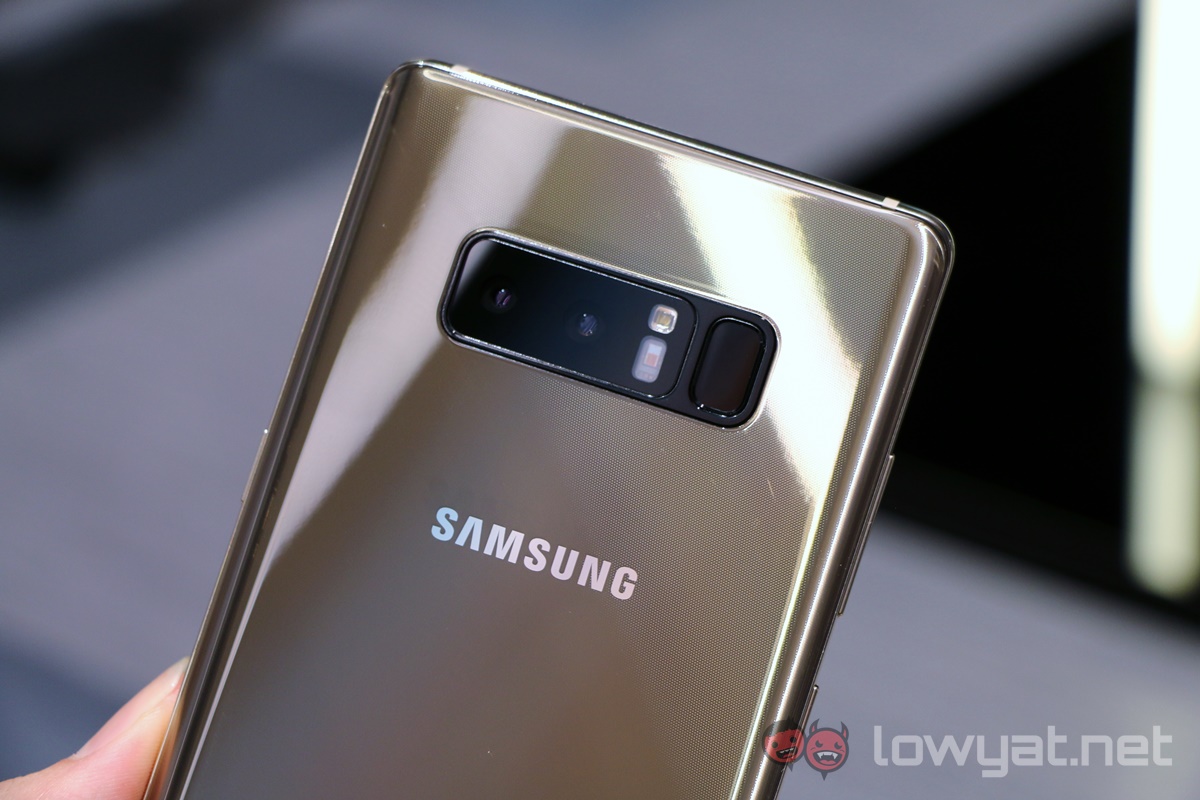They make look similar, but there is one major new feature on the new Samsung Galaxy Note 8 that differentiates it from the company’s previous flagship (the S Pen notwithstanding). The new dual-camera setup is a first for Samsung smartphones, but is it worth upgrading if you’re already using the Galaxy S8? These image samples could help you decide.
The Galaxy Note 8 comes with a new dual-camera setup that consists of two 12MP sensors; one has a standard wide-angle lens while the other is a telephoto lens that allows for 2x optical zoom. In an industry first, this telephoto lens also has optical image stabilisation, which combined with f/2.4 aperture promises to yield better results than the other smartphone with a similar setup, the iPhone 7 Plus.
Not only that, the 12MP main sensor has the same dual-pixel technology that was first introduced in the Galaxy S7 that until today, has the best autofocus speeds on any smartphone. Theoretically, that should mean that image quality should not only be on par with the S8, but offer more flexibility with the new Live Focus feature.
We took both devices out for a quick photo walk around New York after the launch event yesterday, and here are some of the shots. Note that the Galaxy Note 8 unit that was provided to us is a test sample for internal training, which has the same hardware but may run on older software than the one that will ship on retail units.
The first image on each sample is taken with the Galaxy Note 8, and the one after is shot on the Galaxy S8+.
Click on each image for full resolution.
Day shots
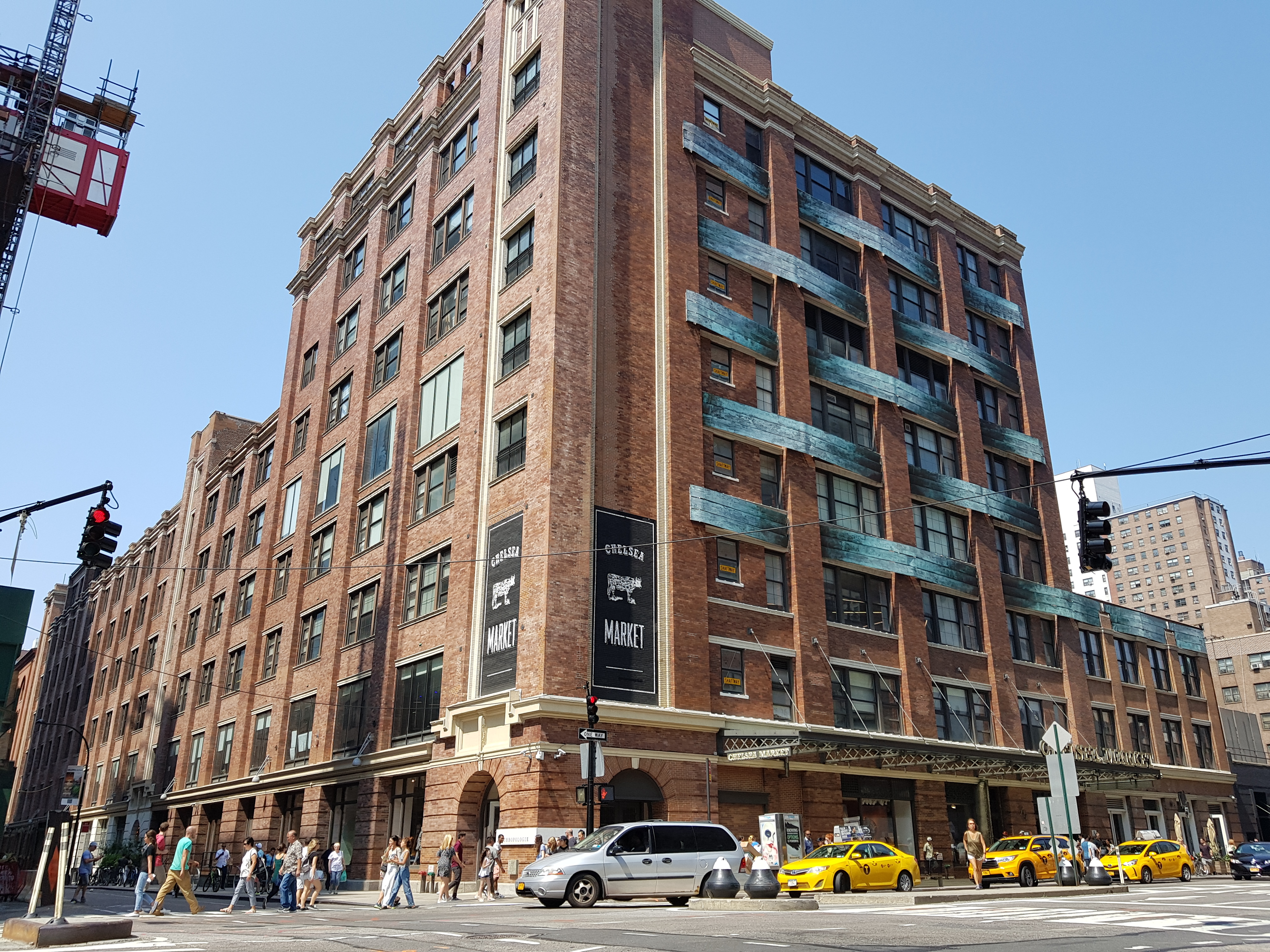 Samsung Galaxy Note 8 (1x zoom)
Samsung Galaxy Note 8 (1x zoom)
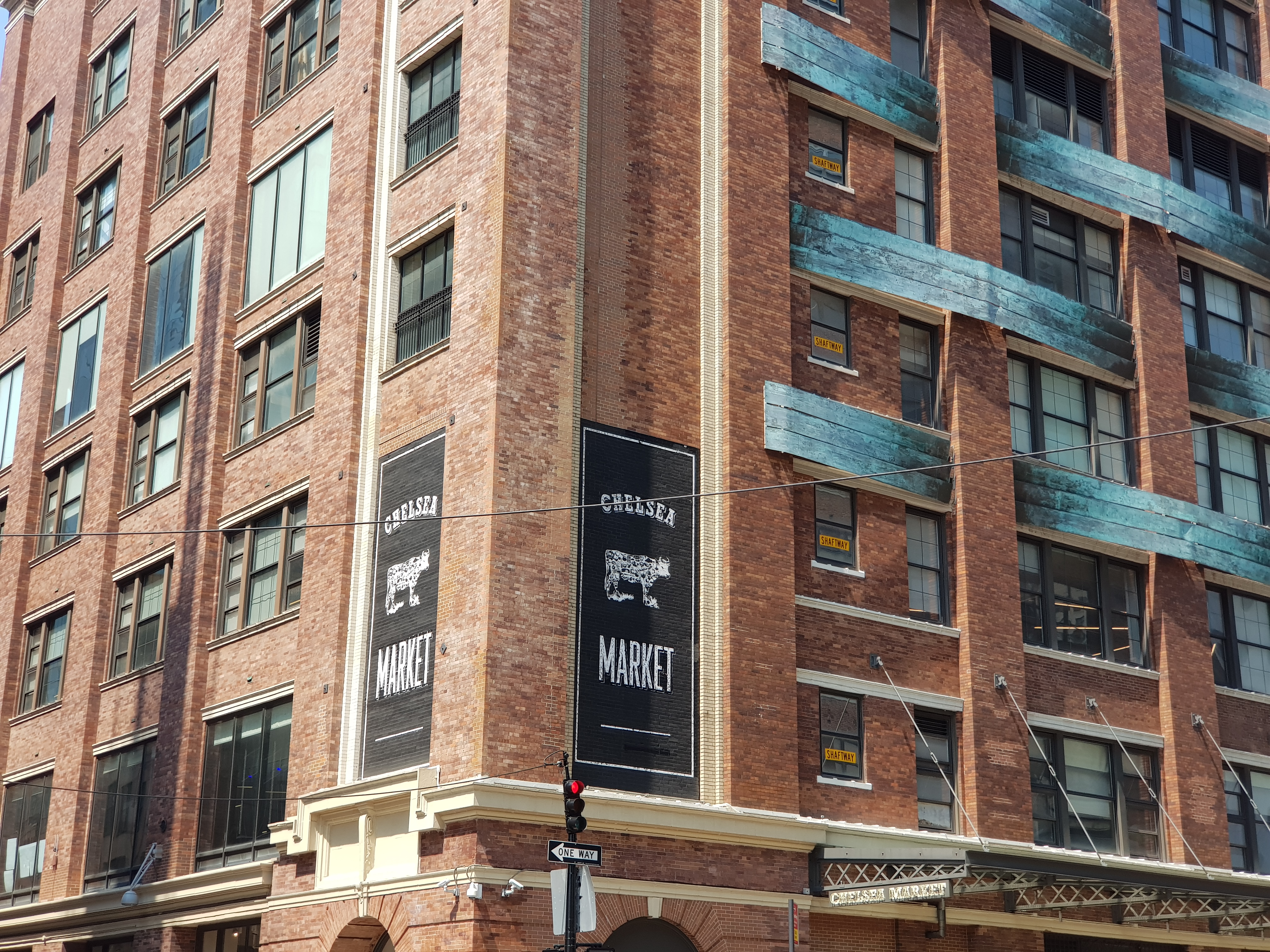 Samsung Galaxy Note 8 (2x zoom)
Samsung Galaxy Note 8 (2x zoom)
They may be different modules, but Samsung has done a great job of maintaining the characteristics of the S8+ camera on the Note 8. Colour reproduction and detail preservation are virtually the same.
Both cameras have a similar f/1.7 aperture on the main sensor, so the depth of field effects are the same on both images here. Once again, colour reproduction is excellent and accurate on both images.
A slight hint of warm tones on the Galaxy Note 8 picture, with the S8+ having more true to life colours.
Night/low-light shots:
This was shot indoors, but with a fair amount of natural light coming in. Both cameras, with OIS and f/1.7 lens, break no sweat.
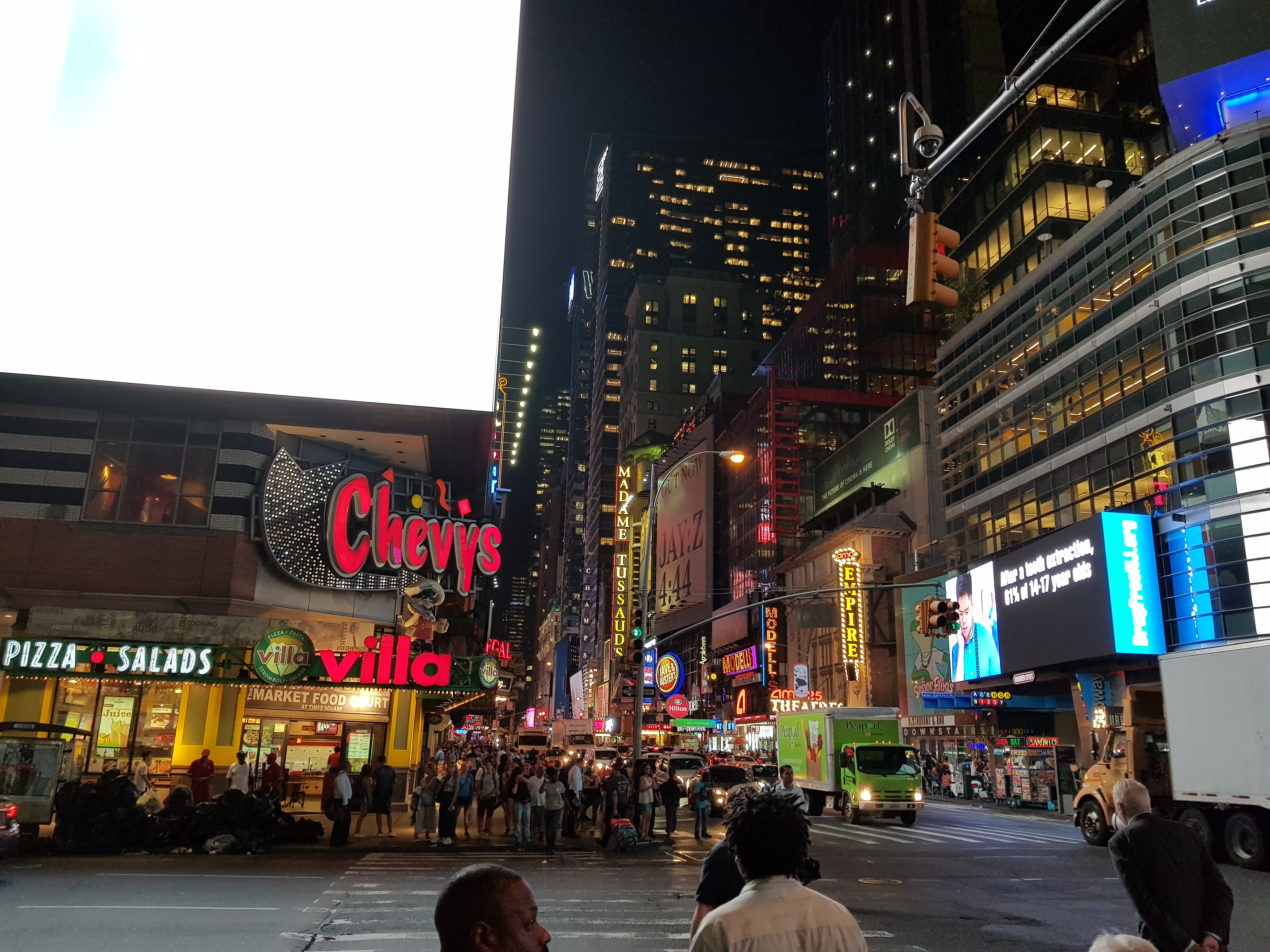 Samsung Galaxy Note 8 (1x zoom)
Samsung Galaxy Note 8 (1x zoom)
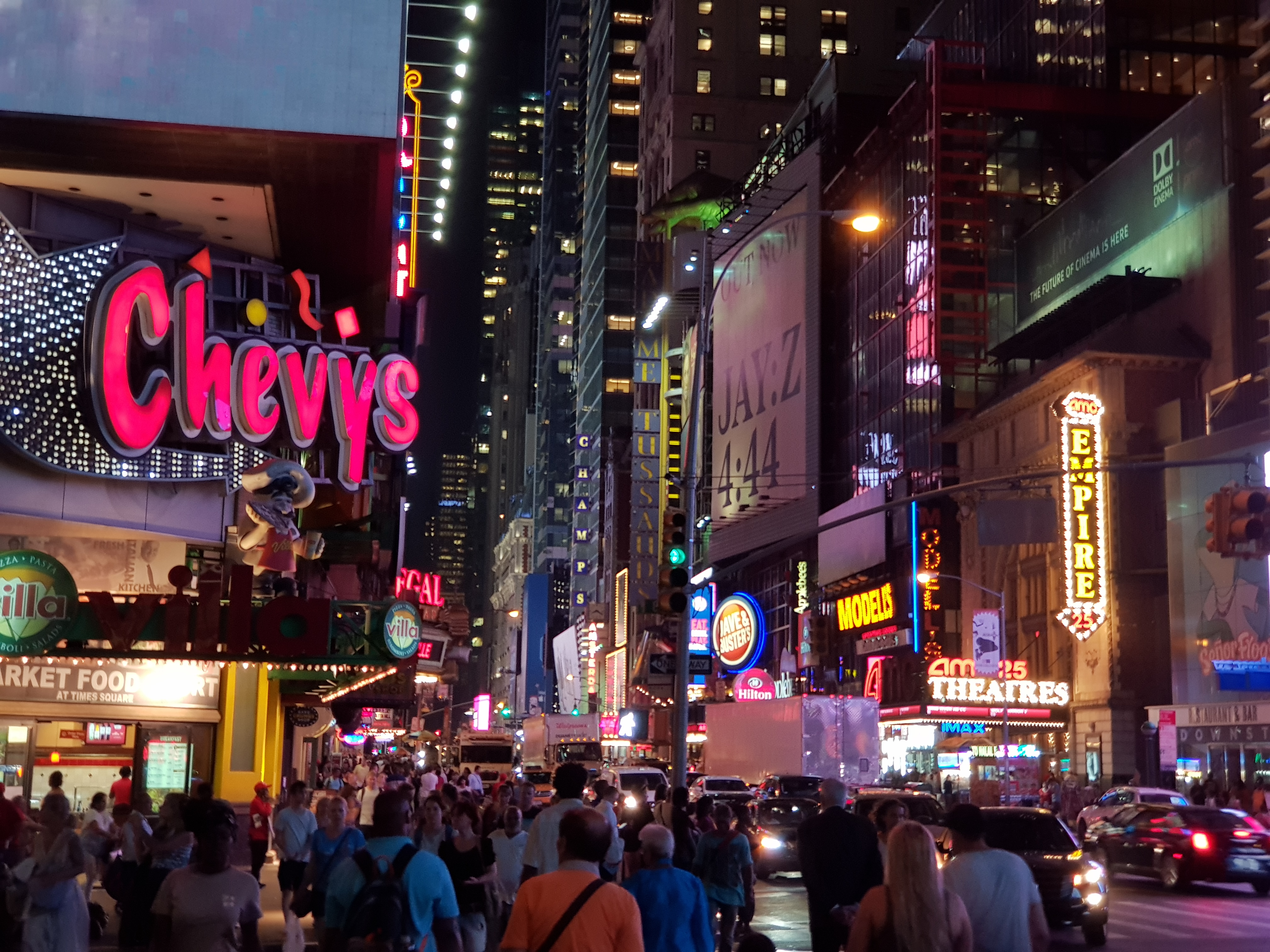 Samsung Galaxy Note 8 (2x zoom)
Samsung Galaxy Note 8 (2x zoom)
When zooming to 2x, the camera software determines if the lighting condition permits using the telephoto lens; if not, the camera resorts to 2x digital zoom using the main sensor. This is the same solution as the iPhone 7 Plus, and in this case, optical zoom was used.
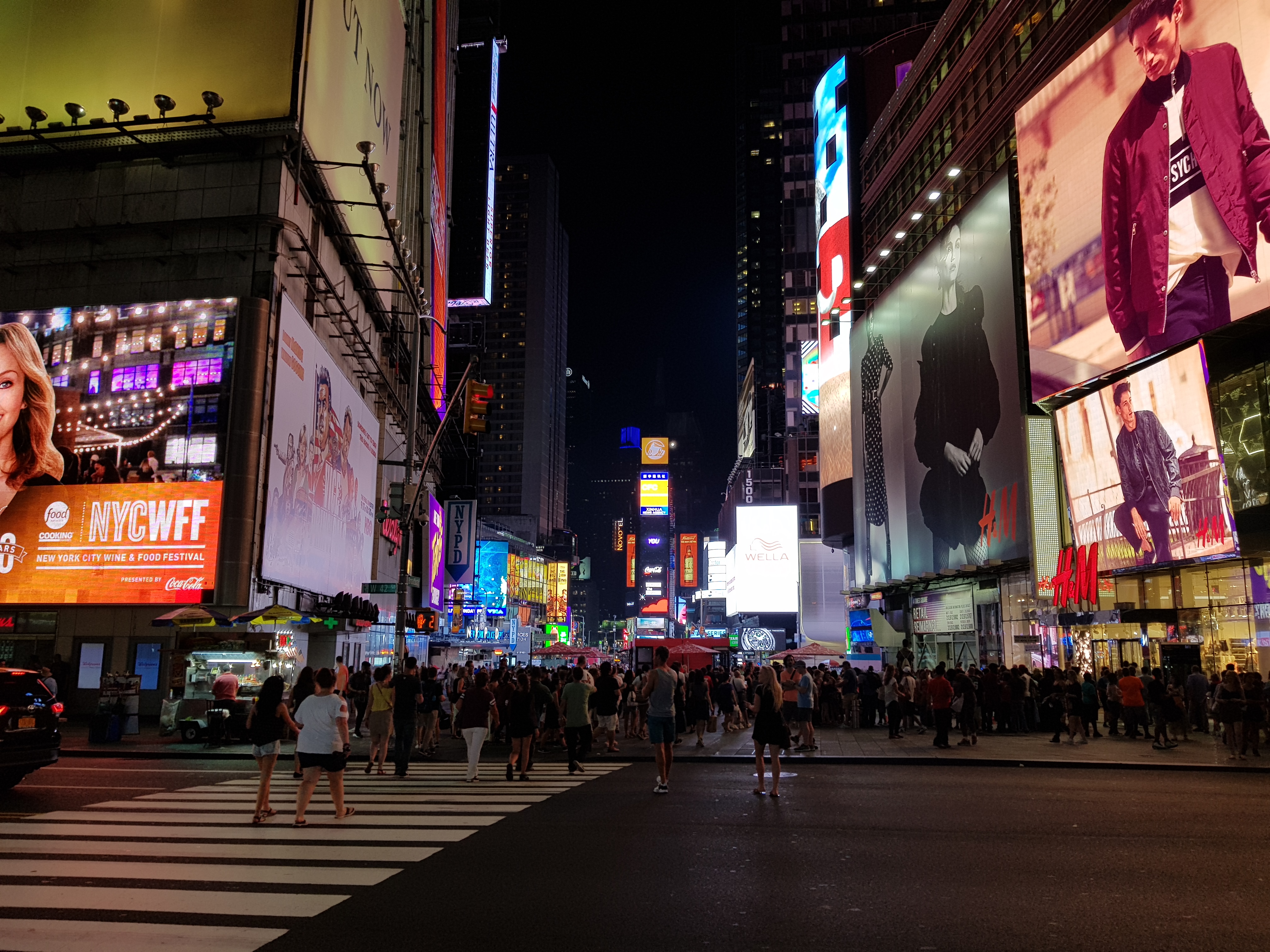 Samsung Galaxy Note 8 (1x zoom)
Samsung Galaxy Note 8 (1x zoom)
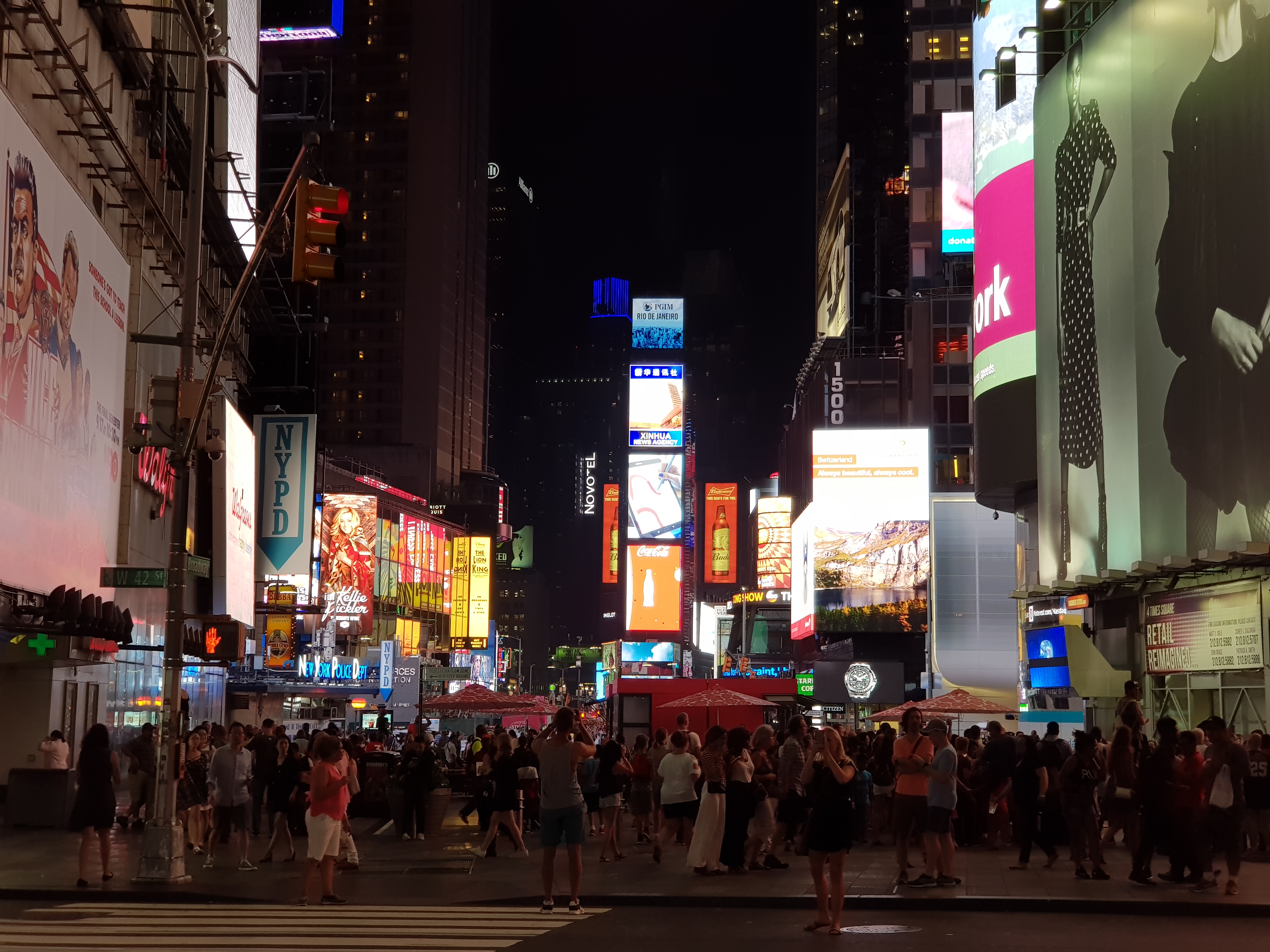 Samsung Galaxy Note 8 (2x zoom)
Samsung Galaxy Note 8 (2x zoom)
It is easy to take for granted just how good the Galaxy S8+ camera is in low light. The Multi-Frame Processing algorithms is similar to the Google Pixel’s HDR+ mode, resulting in low-light images that are perfectly exposed. It looks to be the same case on the Galaxy Note 8.
The Galaxy S8+ slight over-exposes the shot, resulting in some very light loss of detail on some parts of the shoe’s cloth upper. It’s barely visible, though, so it shouldn’t really be seen as a bad point.
Live Focus Mode (Portrait Mode)
Since the Galaxy S8+ does not have this mode (there is a Selective Focus mode but it shoots at a different focal length), we will not make comparisons between the two phones here. Here are three sample shots using Live Focus on the Note 8, with the depth of field slider set to about 75% on all three.
Since the depth of field effects are simulated, the results can be a little mixed when there are objects in different lengths from the camera. In this case, the woman in red is in a “twilight zone”; the same goes for the other man in sunglasses behind the subject in green – some parts are blurred more than others.
One of the rare occasions where the crowd in Times Square thinned out, with a clearly defined foreground subject. The software does a really good job of isolating the subject. Also, because the Note 8 allows you to edit the level of bokeh, you can isolate the subject even more than this – though it borders on looking a little unrealistic.
Here’s a Live Focus sample image of the same flower photo shown earlier. Again, the slider was set to about 75%, which seems like a good balance with the bokeh effects.
Final Words
We must stress again that the Galaxy Note 8 unit provided to us before the launch event was an internal training and testing sample, which is not running on retail-level software. Actual image output may differ slightly on the retail units.
That being said, the Galaxy Note 8’s dual-camera setup retains the best parts of a Samsung smartphone camera, with lightning fast and accurate autofocus thanks to dual-pixel technology. The secondary sensor complements the main sensor very well indeed – the inclusion of OIS and a brighter f/2.4 aperture makes it perform well in low-light situations when needed.
Samsung has been a game-changer in smartphone photography since the introduction of the Galaxy S7, and from the looks of it, the Galaxy Note 8 will not disappoint at all. Personally though, unless you really need a dual-camera smartphone to shoot in portrait mode, it might be a better idea to hold on to that Galaxy S8 and see what other magic Samsung can conjure for the Galaxy S9.
Follow us on Instagram, Facebook, Twitter or Telegram for more updates and breaking news.



